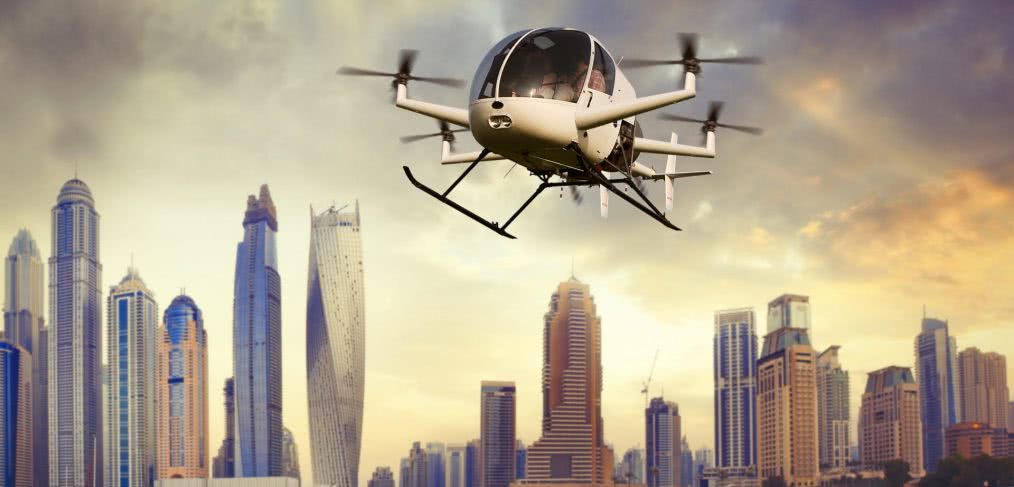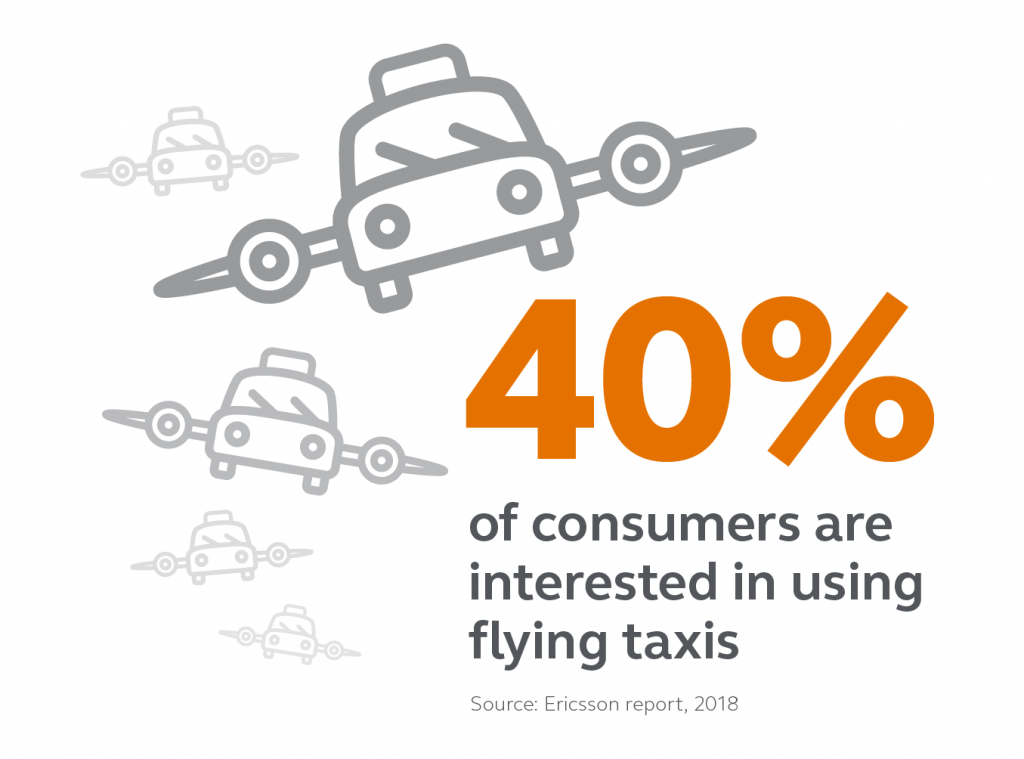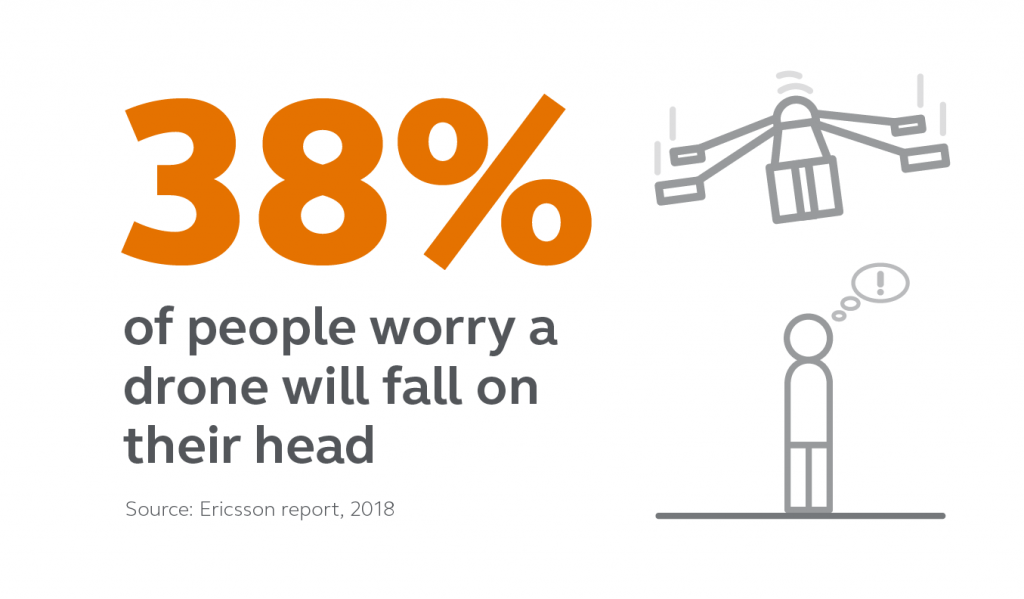
DATÜM: Are Cities Prepared For On-Demand Mobility?
In a world where drones deliver our packages, autonomous vehicles deliver us to our destinations and the Hyperloop promises to get people and goods from point A to point B in a fraction of the time, the impact on our lives and our cities is complex and only beginning to be understood. From our daily commute to the whole of the logistics industry, mobility and consumer fulfillment technologies promise to upend the status quo, and the companies making it happen are banking on widespread adoption. But are our cities moving fast enough to create responsive, adaptive environments in which these technologies can be employed without jeopardizing the health and safety of their people?
Cautious Curiosity
In our technologically progressive society, the novelty of a hot new product often overshadows any ethical or social implications of its use. Many tech companies continually take a short-term view toward making things sleeker, flashier—anything to get customers to line up around the block—without demonstrating much in the way of social or environmental accountability. Sure, moving operations over to 100% renewable energy is a noble effort, but did you know that buying one new phone takes as much energy as recharging and operating an existing smartphone for an entire decade?
We’re hard-wired—no pun intended—to eagerly anticipate the next big thing. According to Ericsson, 39% of consumers think their city needs a road network for drones and flying vehicles, and 40% are interested in using flying taxis.

But given that cities and regulatory agencies face an uphill climb to keep pace with the tech industry’s relentless innovation, maybe it’s up to us, the consumers, to be cautiously optimistic when it comes to adopting new technologies. After all, despite evidence to the contrary, 38% of us are still concerned that a drone may fall on our heads.
The Great Clash: Tech Vs. City
Yet the onus isn’t just on cities to anticipate and respond to mobility technology; despite their best efforts to move full speed ahead, tech companies are confronted with myriad challenges in bringing their products and services from the test lab to the market.
- UberAir
The race is on to launch the first VTOL (Vertical Take-off and Landing) aircraft, or passenger taxi drones. VTOLs are designed such that they don’t have to travel on a fixed path like a train track or a highway, and their potential to mitigate route-based congestion has a lot of people interested in being the first in flight. Boeing’s partnership with Uber on Uber Elevate is one of the more high-profile efforts; the two companies expect to introduce their fleet of taxi drones to the market within a decade. But there’s still plenty of apprehension on the part of consumers and plenty of work for regulatory agencies related to safety, and recent news of the first pedestrian fatality caused by a driverless vehicle isn’t exactly making people more comfortable with the idea of high-tech transit.
- Faster than a Herd of Turtles in Peanut Butter
The Boring Company was born out of Elon Musk’s desire to dig his way out of Los Angeles traffic, which is ranked the world’s worst for the sixth straight year. The Boring Company’s Hyperloop underground tunnel network promises to deliver a below-grade passenger highway that can move people at speeds that outperform air travel. However, it’s met with its share of bureaucratic speed bumps, getting the Hyperloop off to an admittedly ironic slow start. Meanwhile, Virgin Company CEO and billionaire Richard Branson is right at Musk’s heels designing his own Hyperloop One that he hopes to implement in cities around the world. The goal is to offer a more sustainable, less costly Hyperloop system, accessible to riders by 2021—that is, if cities grant the necessary permission. It is, quite literally, a snail’s race.
This route estimator shows how the hyperloop could reduce travel time.
- Sidling Up to the Mars Bar
Mobility tech is looking to the sky in more ways than one: the competitive commercial space sector is heating up, and just about everyone is taking notice. Amazon founder Jeff Bezos’s Blue Origin, a private space flight services company, promises to take tourists into space by April 2019. He’s competing with Elon Musk’s SpaceX, which already has its first ‘brave’ travelers lined up for an around-the-moon trip in 2018. Sir Richard has his head in space, too: Virgin Galactic received a $1 billion investment from the kingdom of Saudi Arabia to make its dreams of creating “the next generation of human spaceflight” a reality. However lofty their goals, the race to space will inevitably encounter legal obstacles as countries are challenged with regulating this activity to ensure the safety of citizens.
Predicting the Future
While the mobility renaissance aims to create greater diversity in consumer choice, it’s important to remember that some innovations end up being irrelevant. The Segway, for example, was all the rage 15 years ago, but its use is now largely relegated to the realm of sightseeing tourists. As a counterpoint, automobiles have become so integral to our collective psyche that almost 85% of all trips we take are by car, resulting in a cascade of negative health and environmental impacts.
Regardless of which inventions fail and which ones succeed, how do we get better at understanding the full impact of our choices and conceiving of new strategies for regulating health and safety? Here are a few ideas to consider:
- We can only anticipate change by creating governing bodies that work on the consumer’s behalf. Local and regional authorities must commit to the research necessary to understand the full costs and benefits of adopting new technologies.
- The private sector and government must work together more effectively. Coordination will be key to successful implementation and, ultimately, widespread adoption.
- Any new technology should consider the entire life cycle when it comes to calculating social, environmental and economic impacts, and consumer awareness needs to be part of the marketing equation and sales strategy.
Our hope is that cities double down efforts to make existing institutions work better for us, meeting current and future needs and shaping responsible consumer protection regulation that works hand-in-hand with the technological innovations of tomorrow.
